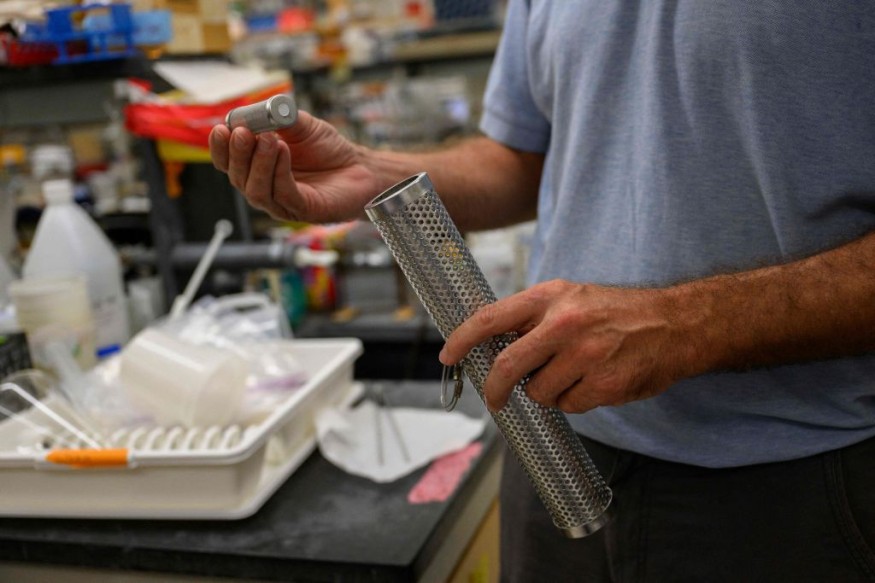Viruses have been considered by scientists to be neither dead nor alive but poses as one of the greatest threats to humans and other animals worldwide. Such threat is manifested by the ongoing pandemic that had the ability to put countries into a standstill and kill millions of people. While vaccines and the immune system fend off these pathogens, scientists in the past have attempted to find other means to kill them.
Now, eliminating them are made possible after scientists developed a plastic film that can kill viruses using room lights alone, according to a new study led by researchers from the Queen's University Belfast in Northern Ireland, United Kingdom. The thin polymeric material is capable of targeting viruses that lands on it, as part of a low-cost technology and the first of its kind, as claimed by the new research.
The plastic covering utilizes the technology to kill a myriad of viruses, even the severe acute respiratory syndrome coronavirus 2 (SARS-CoV-2), the culprit behind the novel coronavirus disease (COVID-19) pandemic. The study shows the applicability of the technology can be used at medical facilities and inside the house. The authors are reportedly hoping that the innovative research will help millions of people.
Virus-Killing Plastic Film

The findings about the breakthrough technology was published in the Journal of Photochemistry and Photobiology B: Biology, where the research team proposed the technology can replace the disposable plastic films currently used in the healthcare industry. In addition, they found the self-sterilizing film is much more environmentally friendly since it is degradable.
The new paper projects the breakthrough could result in a significant reduction in virus transmission not only in healthcare environments but also in other industries that use plastic films, including food production factories and other manufacturing sectors.
UV Light and ROS
The plastic film is covered with a thin layer of particles that can absorb ultraviolet (UV) light and generate reactive oxygen species (ROS), which are mainly responsible for killing the pathogenic viruses.
As a research method, the team conducted an anti-viral activity using four different viruses, including SARS-CoV-2, two strains of the influenza A virus, and the picornavirus called encephalomyocarditis virus (EMCV).
The viruses were exposed either to UVA radiation or with light from a fluorescent lamp. The result even found the film is effective in killing all of the four viruses, even in a room only lit with white fluorescent tubes.
Can Viruses be Killed?
According to Dr. Kedar Pandya, EPSRC director for Cross Council Programs, the new plastic film technology is an exciting development with the potential to significantly reduce the spread of viruses in various settings, while retaining environmental sustainability, as mentioned by Phys.org.
Prior to the study, experts have weighed in on the fact that viruses are hard to kill.
The odd biological makeup of the infectious agents is a factor of what makes them hard to kill, compared to other pathogens like bacteria, according to Derek Gatherer, a virologist at Lancaster University, as cited by NBC News.
© 2025 NatureWorldNews.com All rights reserved. Do not reproduce without permission.





